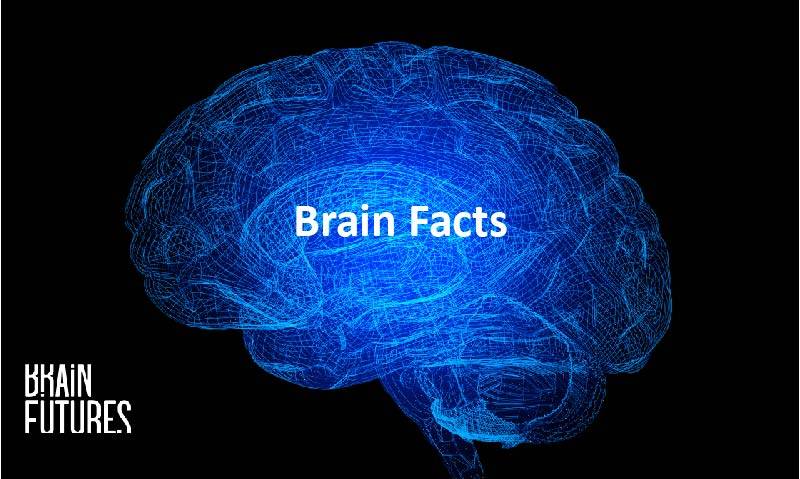Unveiling the Intricacies of the Human Brain - Part 1
In the vast expanse of the cosmos, a seemingly unremarkable object takes center stage: the human brain. Weighing in at a mere three pounds and primarily composed of neurons and water, the brain holds an unparalleled allure as one of the most intricate and captivating entities in the universe. In this exploration, we embark on a journey to uncover the mysteries that shroud this remarkable organ, delving into its structure, function, and remarkable adaptability.
At the heart of our investigation lies the profound complexity of the brain. Mere words can scarcely capture the intricate web of interactions that define its essence. To comprehend its intricacies, we must acquaint ourselves with its fundamental building blocks: neurons. These remarkable cells, with their spindly dendrites reminiscent of outstretched arms, serve as conduits for electrical and chemical signals. These signals traverse the cell body and journey through the axon, akin to a cannon, propelling messages to neighboring neurons. This orchestrated dance of signals forms the basis of neural communication, facilitating the transmission of information throughout the intricate nervous system.
Staggeringly, the human brain boasts an astonishing 86 billion neurons, a constellation rivaling the stars that grace the Milky Way galaxy. This staggering number is further amplified by the fact that each neuron can establish connections with up to a thousand others, resulting in an astounding 60 trillion neural connections. This intricate web of connectivity provides the foundation for the brain's extraordinary abilities.
The brain's complexity is magnified by the remarkable specialization of its various regions. Each region assumes responsibility for distinct functions, ranging from regulating automatic bodily processes in the brainstem to maintaining balance through the cerebellum. These divisions harmoniously orchestrate the symphony of human existence, underscoring the intricate interplay between different brain regions.
Dispelling the myth of a dormant brain, recent research showcases the brain's remarkable engagement. Far from idleness, nearly 50% of the brain is actively engaged in processing various aspects of vision. While specific functions can often be attributed to localized brain regions, the enigma of memory remains. Rather than a straightforward relationship between neurons and memories, memories are best conceptualized as complex neural pathways. Individual neurons participate in multiple memories, forging a tapestry of interwoven recollections.
Memory, one of the brain's most enigmatic features, finds its residence in various regions. The hippocampus, resembling a seahorse, weaves the tapestry of long-term informational memory. In contrast, the basal ganglia orchestrates the dance of muscle memory. Despite the intricacy of these neural choreographies, the brain defies confinement to a rigid structure, adapting and rewiring itself in response to changing circumstances.
A testament to the brain's resilience and adaptability lies in the phenomenon of phantom limb sensations. Following the loss of a limb, individuals frequently experience sensations, such as itching or pain, in the absent appendage. This paradoxical experience is rooted in the brain's remarkable plasticity, as it attempts to reconcile the absence of sensory input. Innovative techniques, such as mirror boxes, have emerged as effective interventions, tricking the brain into perceiving normal control over the phantom limb and alleviating discomfort.
Intriguingly, the brain's adaptability extends beyond physical boundaries. A Harvard study involving blindfolded participants underscored the brain's remarkable capacity to reorganize and repurpose itself. Deprived of visual input for a span of days, participants reported vivid hallucinations, a testament to the brain's unyielding pursuit of sensory engagement. The study further revealed that the brain's regions readily transition into new roles, absorbing tasks and responsibilities with astounding agility.
As our voyage of discovery into the intricate folds of the human brain continues, we peel back the layers of its mysteries, revealing an organ characterized by complexity, adaptability, and unparalleled capacity. From the intricate dance of neurons to the captivating phenomena of memory and sensory perception, the brain emerges as a cornerstone of human existence, propelling us toward a deeper understanding of consciousness, cognition, and the boundless potential of the mind.


